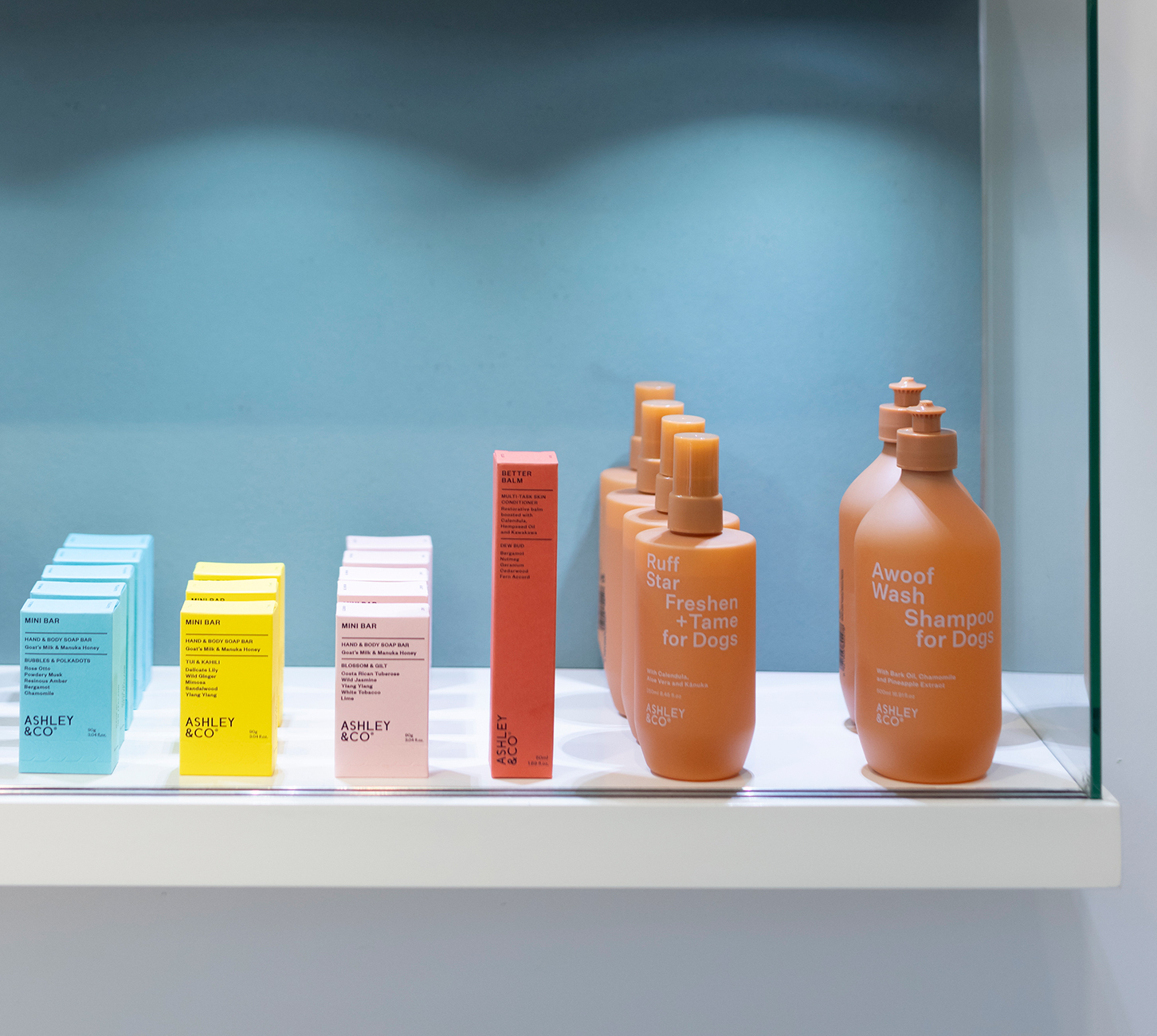Located in the heart of Titirangi, Te Uru Waitākere Contemporary Gallery serves as West Auckland's premier regional gallery, showcasing contemporary art and design programmes from both Aotearoa and around the world.
We had the opportunity to speak with Te Uru's Director, Adrienne Schierning, about the gallery, its rich history, and the exciting upcoming exhibitions.
From a really young age I knew art was my life, creativity has always been where I find excitement. I studied at Elam, then traveled and lived in London, Berlin and Stockholm, working and exhibiting as an artist. A lot of my artwork was about social practice and community - which led to my first role in a public art gallery. From there I worked in a few public institutes, then jumped into the commercial sector working in two different dealer galleries before becoming the Head of Art at Webb’s. I have definitely had experience across all parts of the art world which has led me to my current role as director at Te Uru.
There have been a few really memorable exhibitions over the years before I became director, I always admired the work that Ioana Gordon-Smith did at Te Uru - so many great exhibitions held here during her time as curator. I feel very proud to have presented the exhibition Toi Whakaata, curated by Hester Rowan, which is a small survey of works by Fred Graham. Fred is a legendary artist, now 95 years old, his public sculptures are some of the most prominent public works in the country. The exhibition is on now until the 18th of August and is a wonderful opportunity to see work by an artist that has contributed so much to the development of art in Aotearoa.
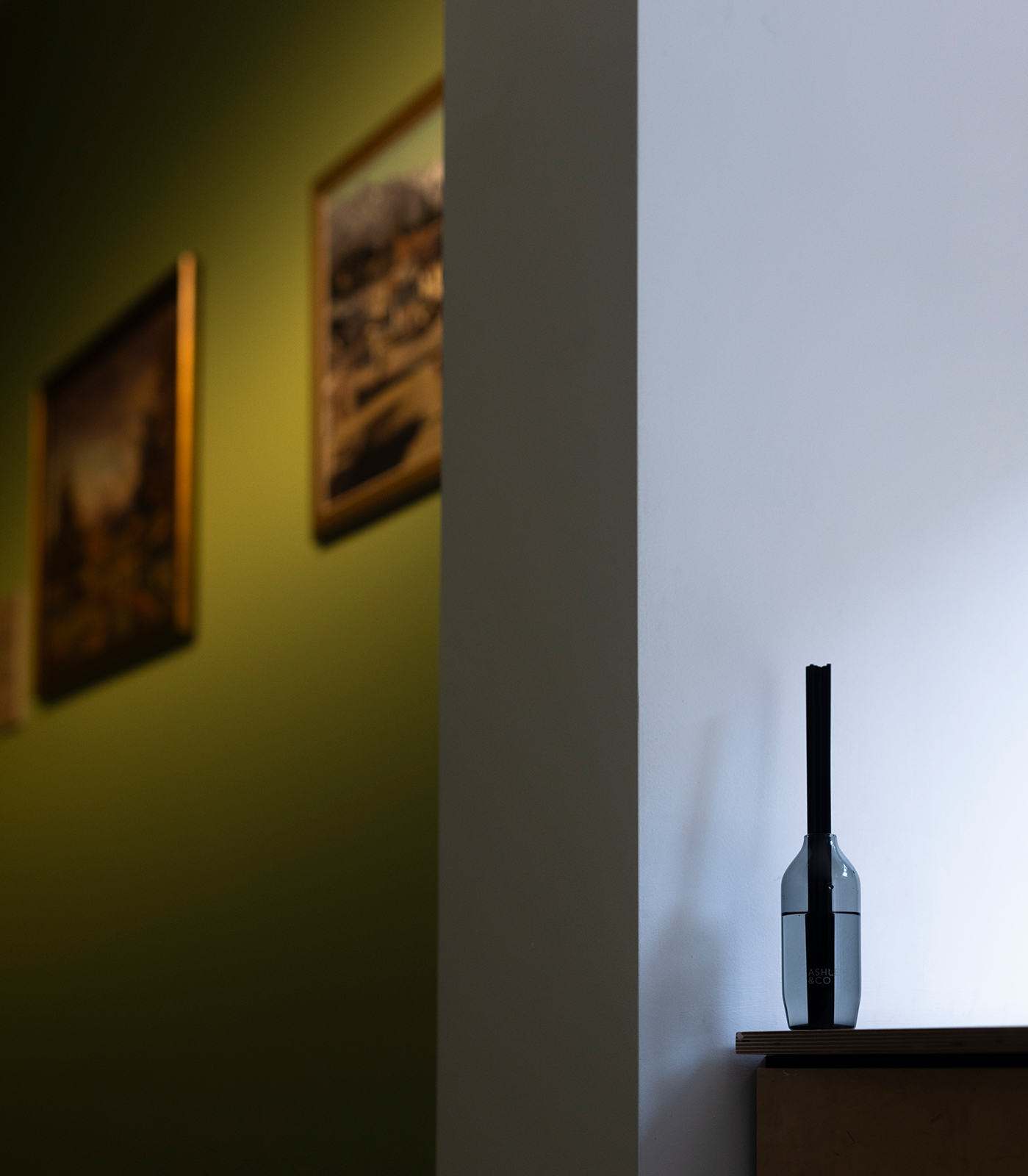
We are led by the strategic plan, set by Te Uru’s Governance Committee, this document helped our team to develop a strategy for programming. I will sit down with our curatorial team and we use this strategy to guide our planning. With four floors of gallery space available - we always have a diverse range of exhibitions on simultaneously and like to think that our programme has something for everyone. Our programme is dynamic, diverse and adds to a wider discourse.
In a recent exhibition titled underfoot, curated by James Gatt we loaned a work from the Govett Brewster collection by artist D Harding titled 'We breathe together'. This work haunts me still - it was so powerful. The artist had used a traditional Aboriginal technique to blow earth pigments onto glass. In total there were 12 sheets of glass covered in pigment hung in a row. Within the ochre hues of earth pigment was one bright blue panel that the artist had blown Rickets Blue (laundry powder). The toxic practice of using Rickets Blue in this traditional way is a powerful statement on the effects of colonialism.
There are so many. Over the years I have seen exhibitions that have affected me and stayed with me.
Francis Upritchard’s solo exhibition at Christchurch Art Gallery was one of those, her works were haunting and the treatment of the display really added to this. The exhibition of Hilma af Klint at Wellington City Gallery was phenomenal. Imogen Taylors solo exhibition at Artspace - was a hugely innovative way to approach an exhibition of paintings.
Mitchell + Stout Architects designed the new Te Uru building which opened in 2014 - we celebrate our 10 year anniversary this November. They considered the original architecture, the site and designed the Te Uru we have today with these influences. Every floor of the gallery has a window to the surrounding bush - which is stunning. In terms of the history of Titirangi this is really rich - we are grateful to work alongside Te Kauwerau a Maki to include insights into the region's history within our education programme.
One of the most striking features at Te Uru are the two stairwells - one at the front and one at the rear of the building. People often visit just for the architecture and to take photos of the impressive building, the stairwells being an obvious focal point for photography. The stairwells are impressive in both the new building and the historic Lopdell House.
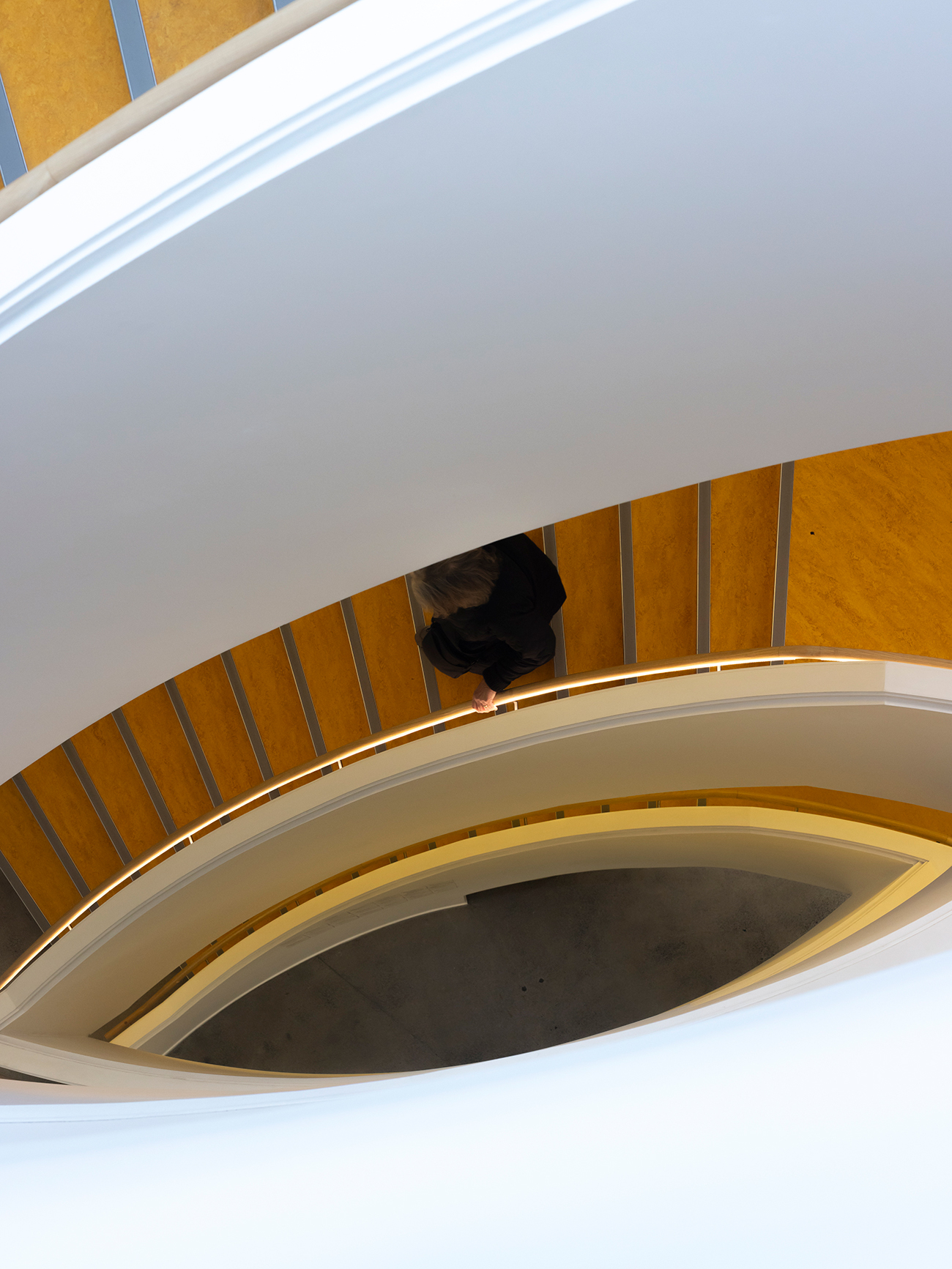
There is a lot on offer - Titirangi is the gateway to the West Coast Beaches which are a must see for tourists, and great to revisit for locals. A trip to McCahon House if you have not been to see the small house where Colin McCahon and his family lived between 1953 and 1960. The team all love the Crafty Baker for coffee and delicious baked treats and Street Feast is great for an afterwork margarita.
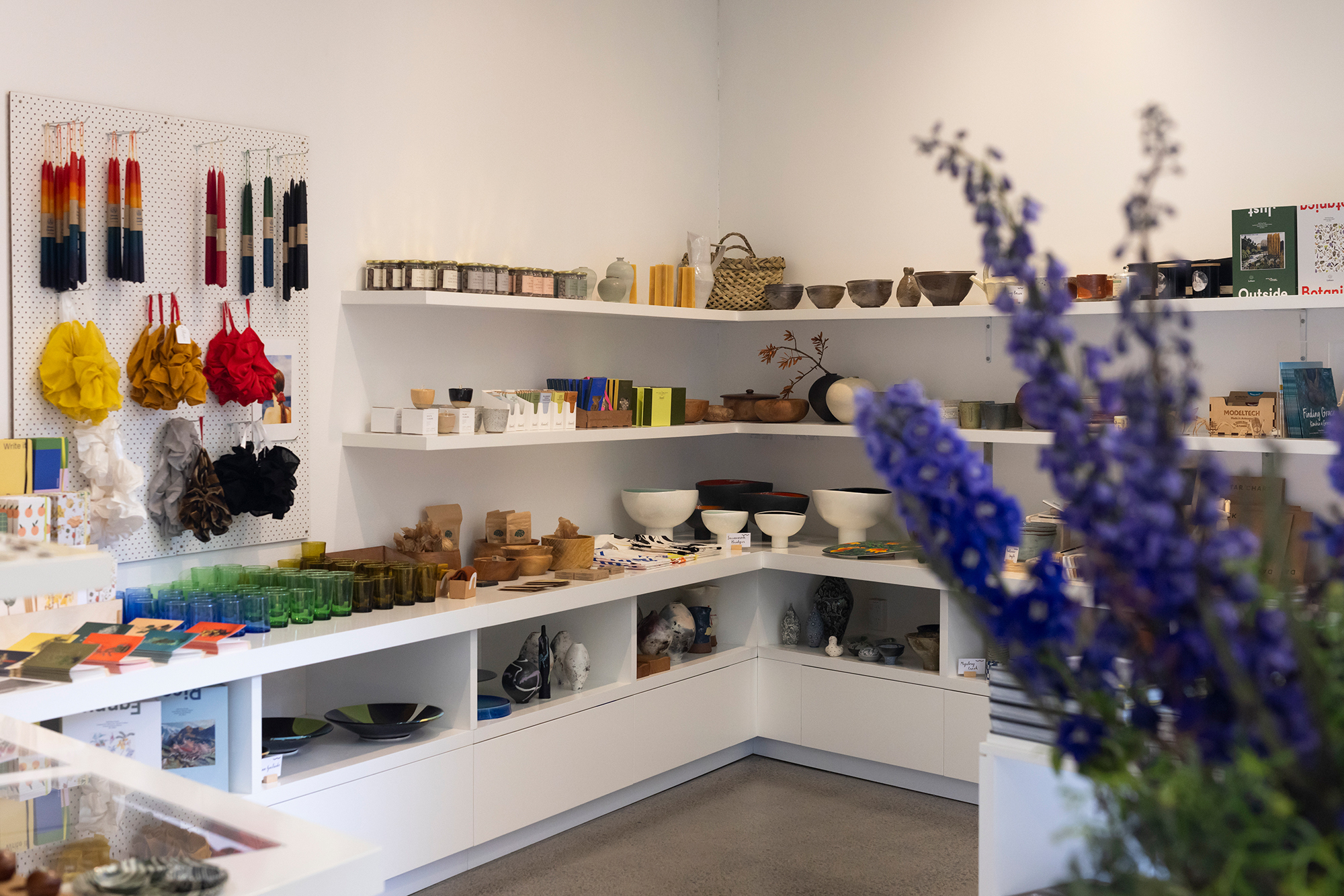
Beautiful selection of objects and gifts in the Te Uru Gallery Shop
To celebrate Te Uru’s 10 year anniversary we are having a significant exhibition of Gretchen Albrechts work - focused on the 1970’s and 1980’s. Gretchen’s work is iconic - widely loved and instantly recognisable. The exhibition titled Liquid States and curated by James Gatt is a rare opportunity to be in person with a considered selection of important works by Albrecht.
I would say my favourite space to be would be at our little cabin in the hills of Coromandel - no power or wifi, no cell phone reception. It is a tiny shed really - but we love it and have built it and styled it to be our own, super minimal but homely with a pot belly stove and bush bath. It is the most tranquil place to spend time.
They are all great - scent makes such a huge difference to how we interact with a space - so having Ashley & Co. within the gallery really impacts on the overall experience our viewers get. I would say personally my most loved product is the Awoof Wash Dog Shampoo. I have tried a lot of other dog wash products that smell really overpowering and intense. Awoof Wash is different, you get a pooch that is a pure fragranced joy to snuggle.
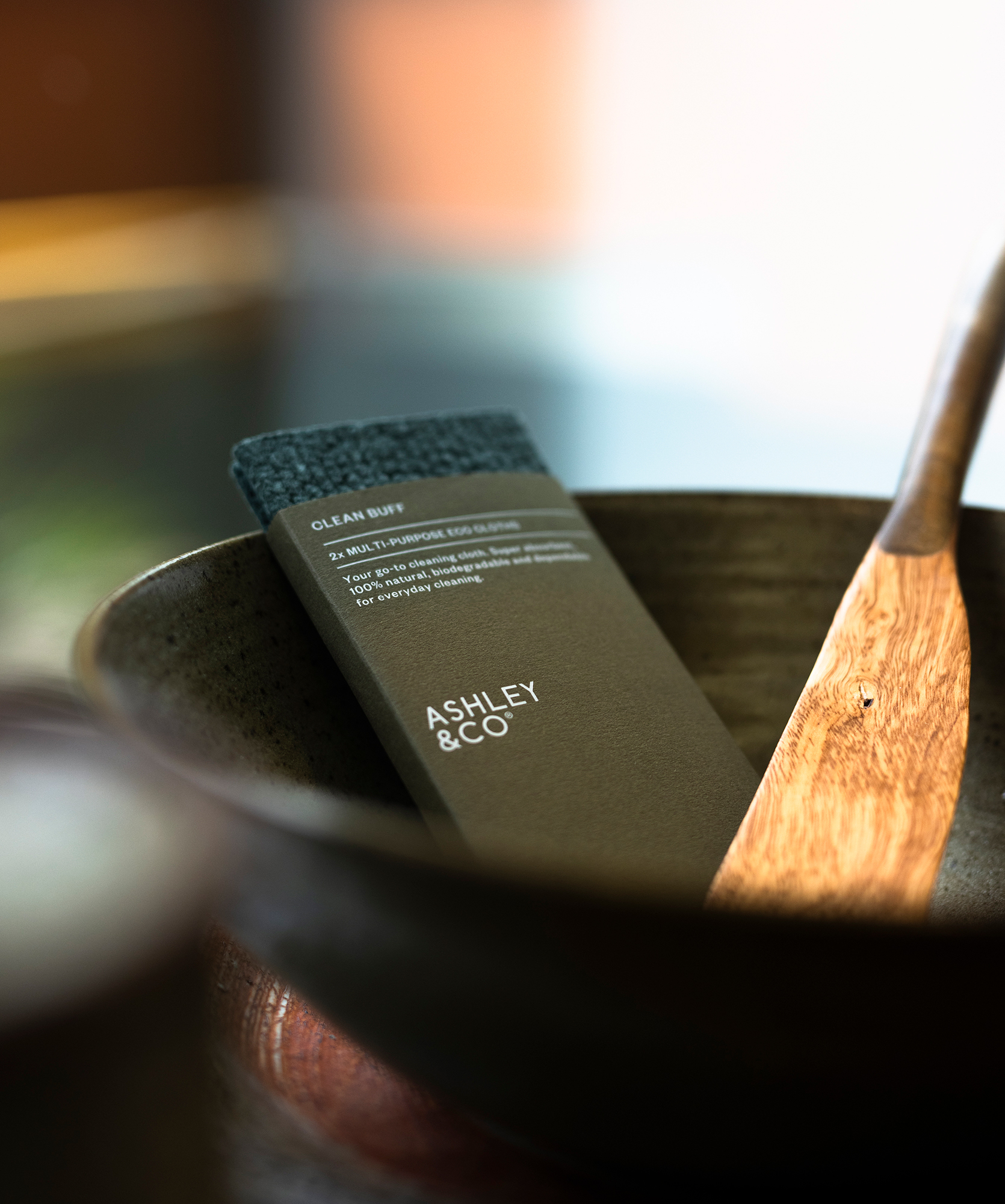
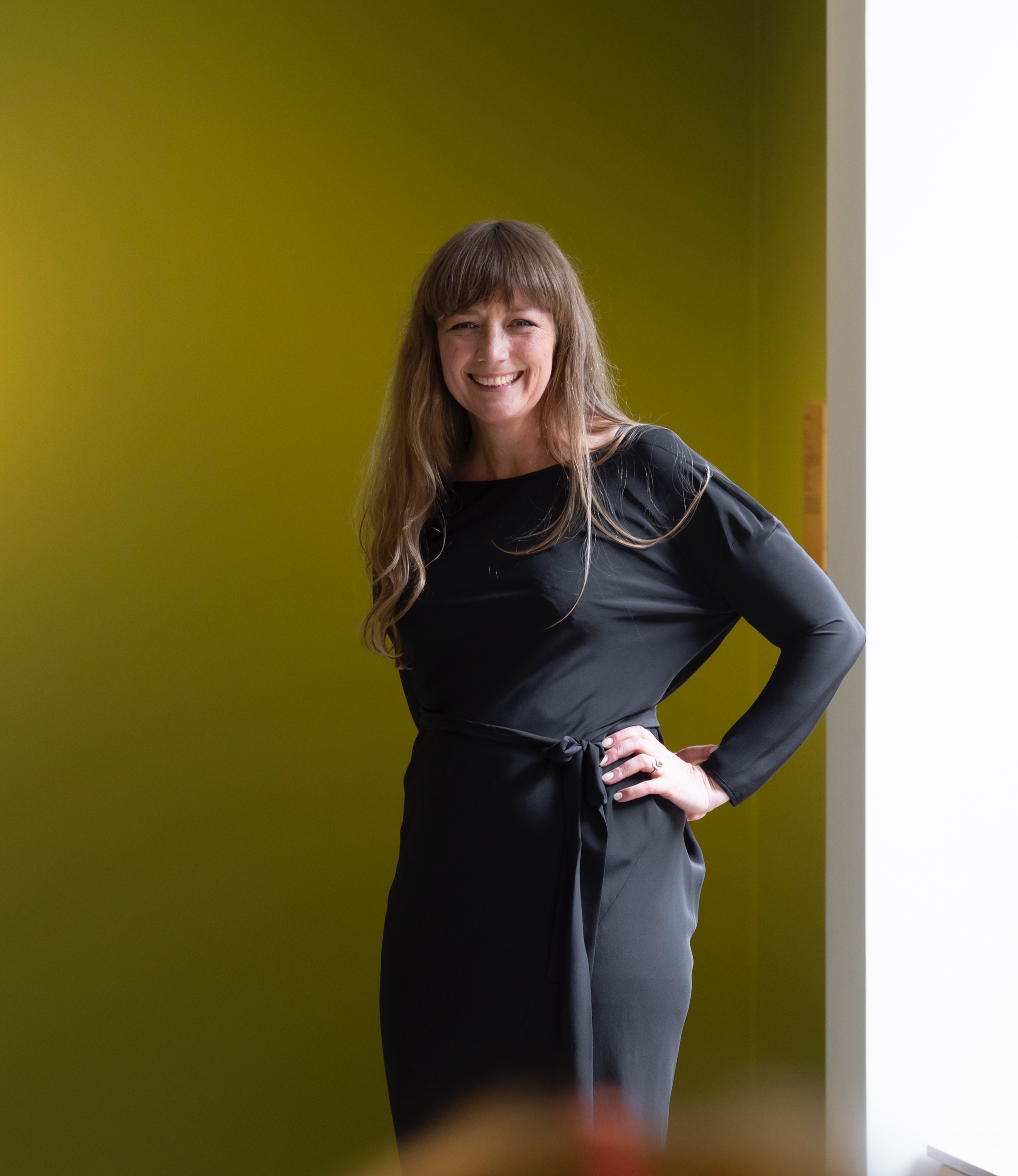
Quick fire Q’s:
The smell of oncoming rain. I grew up in the country and have a strong connection to nature, the smell that comes just before the rain always reminds me of where I come from.
Every morning I walk our dog Ace- it gives me a moment of peace before the day starts and is an important part of setting me up for a busy day.
I love the Laksa at Selera Cafe in Newmarket. I have had Laksa’s when travelling through Malaysia - but honestly, Selera’s Laksa is hands down the best - served in a giant sized bowl.
Here at Ashley & Co., we are proud to support Te Uru Waitākere Contemporary Gallery as one of their smaller sponsors.
